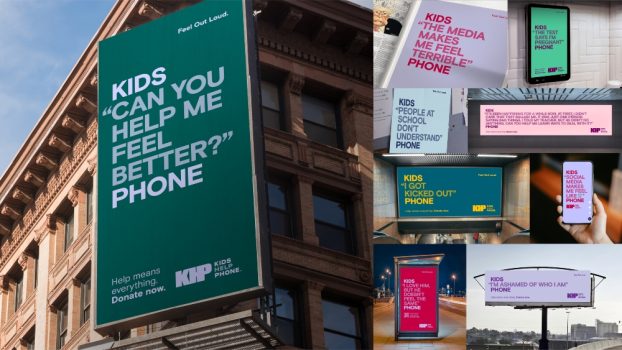AOL’s not the only network tapping into behavioural targeting. Yahoo! Canada has been offering clients use of the technology for six years now, and Redmond, Wash.-based Microsoft is currently building a proprietary behavioural targeting model that MSN Canada expects to begin using within the next year.
‘Our strategy is to work with the agencies and marketers [when] we have a solid model to show,’ says Mike Sharma, director, sales and partnerships at Toronto-based MSN Canada. ‘Ultimately, our goal is to make [behavioural targeting] as transparent as possible – when a consumer sees an ad, they can click on a link that says: ‘Why did I get this ad?” Sharma adds that consumers can adjust their profiles to select categories of interest so the ads they see are more relevant.
Sunnyvale, Calif.-based Yahoo!, on the other hand, has been letting clients test out its behavioural targeting platforms as it develops them. ‘We individually custom design behavioural targeting for each product category,’ explains Hunter Madsen, director of marketing at Toronto-based Yahoo! Canada, adding that Yahoo! currently has over 400 different behavioural categories. ‘We know that the purchase cycles for different categories are very different.’ For example, for long-lead purchase cycles like automotive, Yahoo! can continue targeting consumers who have been visiting automotive websites for about 90 days, while the targeting period would be about two days for someone researching a flower purchase.
Madsen says that since adopting behavioural targeting, one B2B client has seen a 125% increase in click-through rates and a 56% conversion lift. Another automotive client saw a 300% click-through rate increase for a promotion pushing sedans.
‘I would say that the advertising community’s interest in behavioural targeting has grown tremendously in the past 12 months,’ notes Madsen. Sharma agrees, predicting that 2007 will be the year that mainstream marketers really start to embrace the technology, adding: ‘It doesn’t replace anything [like search or banner marketing], it complements it.’























